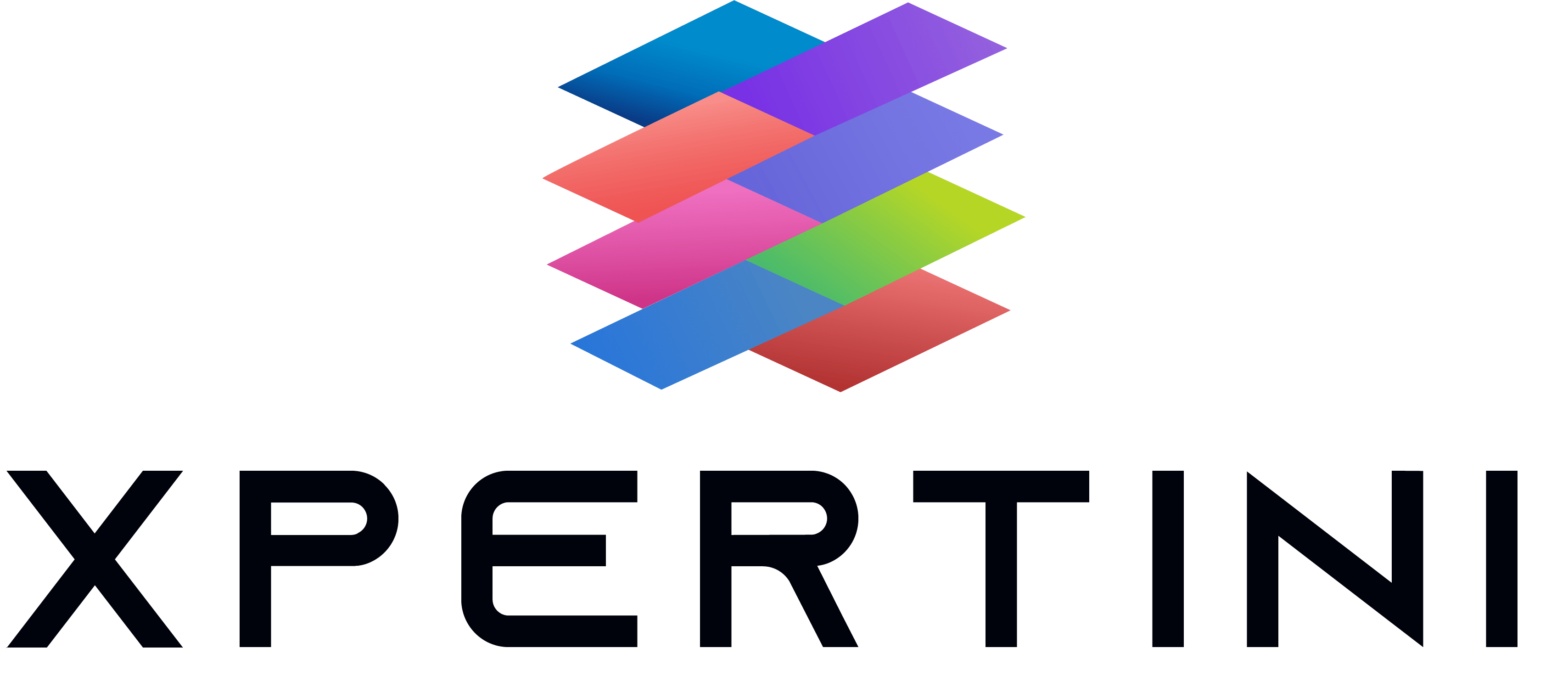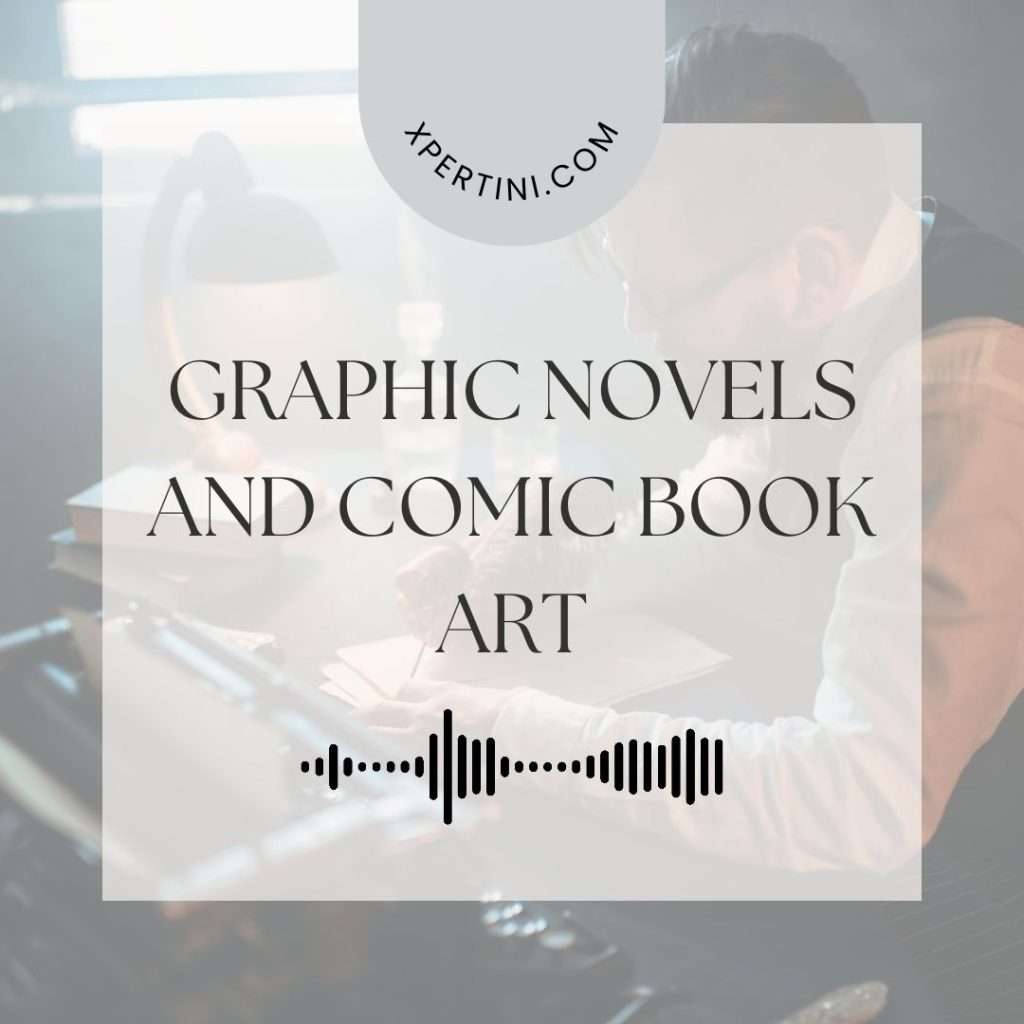Graphic Novels and Comic Book Art
Course Summary
In this course, participants embark on a captivating journey through the landscape of graphic novels and comic book art. They reveal the history of this visual medium, tracing its evolution from early sequential art to its modern incarnation as graphic novels. Through meticulous analysis and theoretical exploration, students gain profound insights into the cultural and artistic significance of comics.
They delve into the techniques of visual storytelling, dissecting panel layouts, composition, and pacing with precision. Through critical examination, participants discern the underlying narrative structures and thematic elements embedded within graphic narratives, transcending mere entertainment to unearth profound societal commentary.
Diverse genres such as superhero epics, fantastical worlds, and haunting horrors become the focal points of exploration, each revealing unique storytelling conventions and narrative tropes. Participants navigate through the complex interplay of cultural influences, dissecting representations, diversity, and identity politics woven into the fabric of graphic storytelling.
Moreover, they peer behind the creative curtain, revealing the collaborative process intrinsic to crafting compelling graphic narratives. Through theoretical discourse and practical analysis, participants hone their creative expression, cultivating an understanding of character design, world-building, and storyboarding.
Ethical considerations loom large as participants confront moral quandaries surrounding representation, censorship, and intellectual property rights in the graphic book industry. Yet, amidst these challenges, they uncover a myriad of career pathways—from illustration to animation—paving the way for aspiring graphic storytellers to carve their niche in this vibrant field.
Course Overview
This course delves into the vibrant world of graphic novels and comic book art, exploring their significance as a form of visual storytelling and artistic expression. Through in-depth analysis and theoretical exploration, students will gain a comprehensive understanding of the history, techniques, and contemporary trends shaping this medium.
Course Objectives
- Understand the historical and cultural significance of graphic novels and comic book art.
- Analyze various visual storytelling techniques employed in graphic narratives.
- Develop proficiency in interpreting sequential art.
- Explore the diverse genres and styles within graphic storytelling.
- Examine the role of graphic novels and comics in broader popular culture and social discourse.
- Gain insights into the collaborative process involved in creating graphic narratives.
- Enhance critical thinking skills through the analysis of visual texts.
- Cultivate creativity and artistic expression through theoretical discussions and analysis.
- Explore potential career paths and opportunities within the field of graphic storytelling.
Course Outcomes
- Identify key historical milestones in the development of graphic novels and comic book art.
- Demonstrate proficiency in analyzing visual storytelling techniques such as panel layout, pacing, and use of color.
- Critically evaluate graphic narratives within different genres, including superhero, autobiographical, and experimental.
- Understand the cultural, social, and political contexts shaping the production and reception of graphic novels and comics.
- Collaborate effectively in group discussions and projects analyzing graphic narratives.
- Apply critical thinking skills to analyze the thematic elements and narrative structures of graphic texts.
- Showcase creativity and artistic skills through theoretical discussions and analysis.
- Explore various career opportunities within the fields of illustration, graphic design, publishing, and animation related to graphic storytelling.
- Develop a deeper appreciation for the craft of graphic storytelling through theoretical exploration and analysis.
- Apply theoretical concepts to create and critique graphic narratives.
Course Audience
- Aspiring graphic novelists and comic book artists
- Illustrators seeking to expand their theoretical knowledge
- Writers interested in understanding visual storytelling techniques
- Art and literature enthusiasts fascinated by the medium of comics
- Professionals in related fields looking to broaden their theoretical understanding

